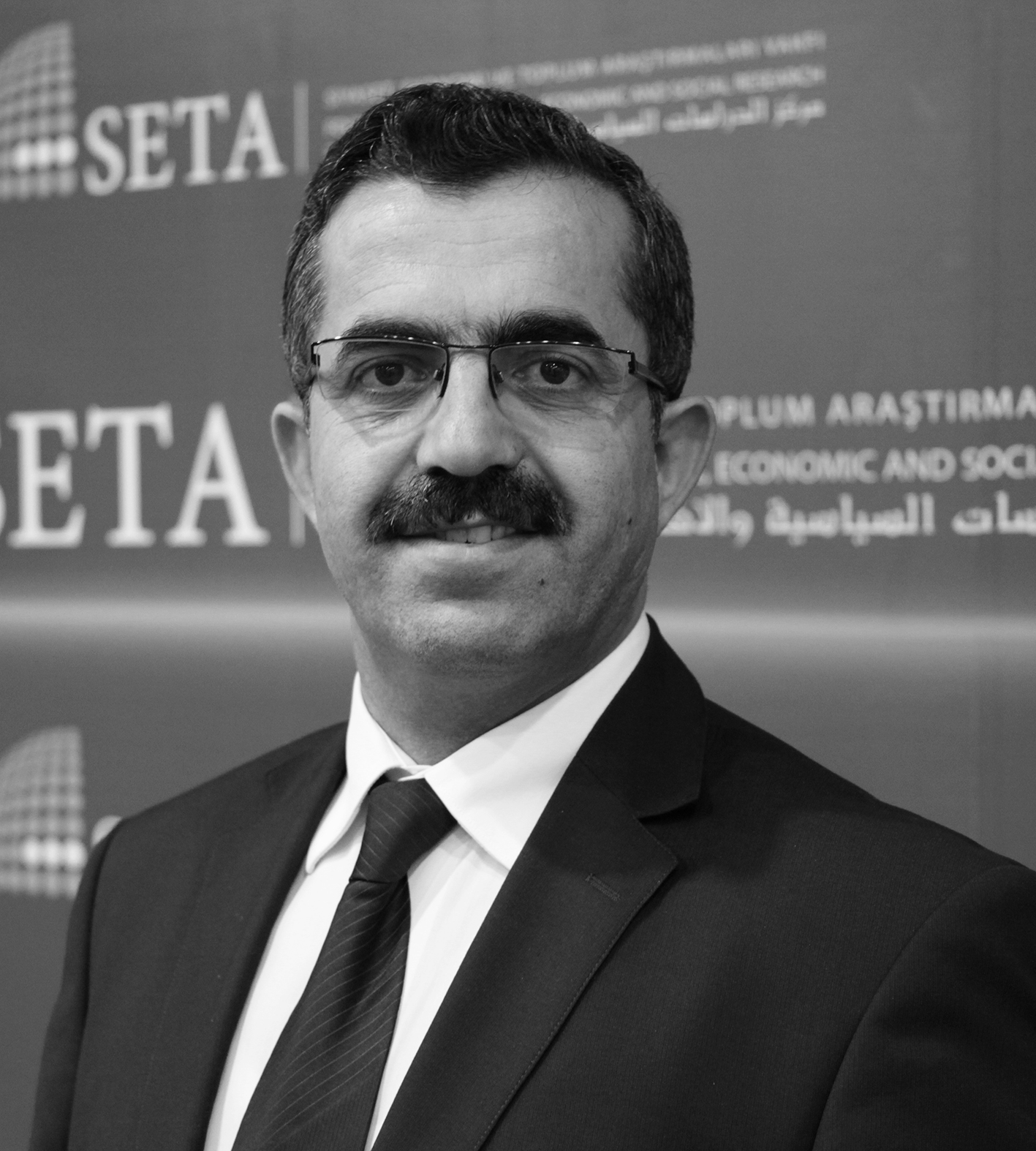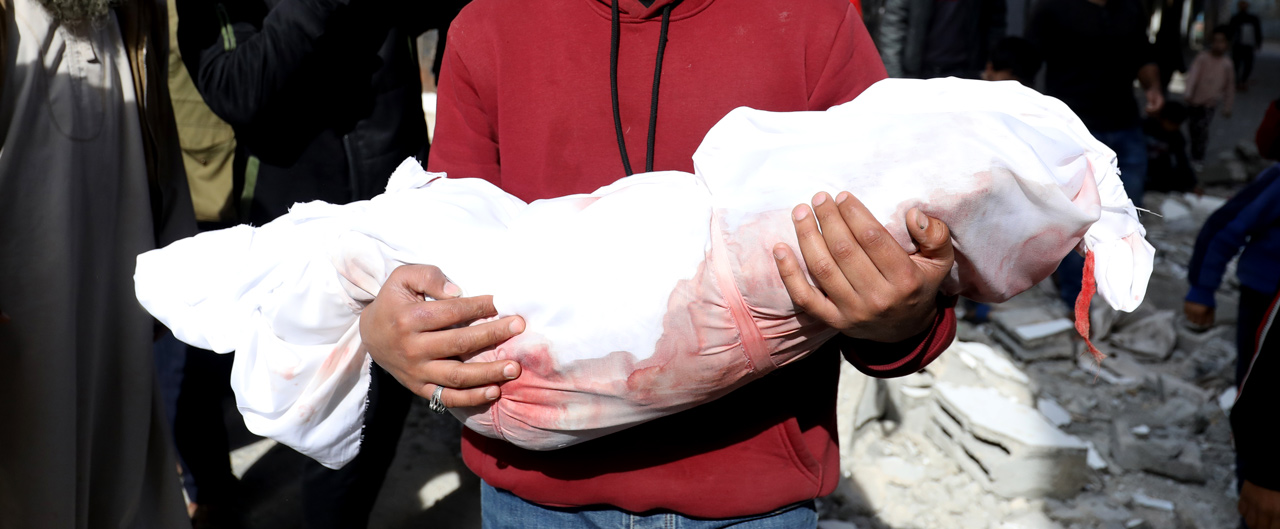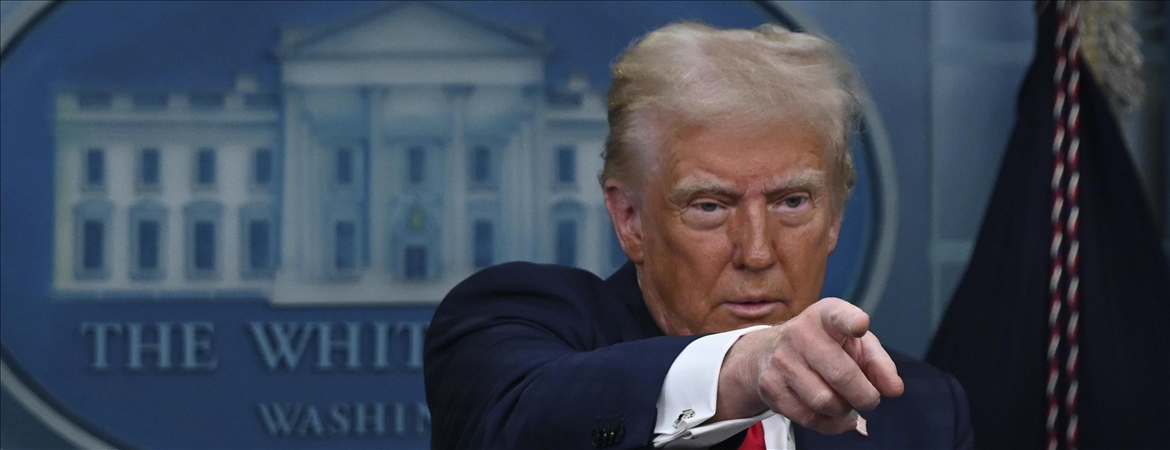Since the revolution in 1979, the Iranian state has changed its foreign policy orientation when needed. First of all, Iran followed a “pan-Islamist (pan-ummah)” foreign policy orientation for the first two decades. One of the main pillars of Tehran’s foreign policy toward the Muslim world was exporting the values of the revolution to other Muslim countries.
Hence, it tried to “awaken” Muslim people against their conservative regimes. This political discourse did help Iran with the consolidation and legitimization of the regime. Since Iran used the pan-Islamist political discourse in an anti-imperialist context, it was quite popular among the people of the Middle East.
Second, the post-Sept. 11 events led Iran to follow a “pan-Shiist” foreign policy orientation. Accordingly, Iran, which enjoyed being the monopoly over Shiite peoples worldwide, tried to create a “Shiite crescent” (including Lebanon, Syria, Iraq and Yemen) in the region by providing financial, political and military to Shiite minorities in different Arab countries.
First of all, after the invasion of Iraq, Iran made a significant contribution to the rebuilding of the Iraqi state institutions, reflecting its sectarian perspective, and began to control the Iraqi central government. Iraq was converted to a Shiite state, largely controlled by Iran. Then, Iran mobilized its economic and military resources to help the Bashar Assad regime in Syria, which brought the state to the brink of collapse.
Iran’s expansionism
The Iranian support for the Assad regime has largely alienated the Tehran regime from the regional peoples, including the Shiite Arab communities. Furthermore, Iranian support for the Houthis in Yemen also drew criticism from the Muslim world. The Iranian intervention and the Saudi reaction to this intervention de facto divided the state politically into two parts.
Overall, Iran’s regional interventions and expansionism were
not welcomed by regional states and peoples. Iran’s otherization of Sunni peoples and political actors of the Middle East dramatically diminished its popularity among the Sunni peoples of the region.
Third, after losing much of its leverage in the region, it seems that Iran has recently decided to change its foreign policy orientation for a third time, from sectarianism to "Persian nationalism." Tehran’s most recent political moves reflect the beginning of a new political discourse. It has begun to overtly otherize Shiite peoples and political actors, which is incompatible with the Iranian regional perspective. In other words, Iran values the regional Shiite political actors to the extent that they serve Tehran’s national interests. Eventually, non-Persian Shiite groups developed different political discourses to serve their respective national interests. For instance,
the powerful Iraqi Shiite cleric Muqtada al-Sadr has joined a political coalition asking both the U.S. and Iran not to be involved in the domestic affairs of his country. Al-Sadr, who has developed an inclusive national political discourse, has criticized the sectarian nature of Iraqi politics and criticized Iran for its propagation of sectarian politics.
Otherization
By otherizing Shiite Muslims and political actors for political reasons, Iran has begun to otherize not only Shiite people outside of Iran but also the Shiite people who belong to different ethnic identities within Iran. Therefore, it seems that following a political discourse based on political nationalism will be counter-productive for Iran since this political perspective will not only otherize the people in the region but also the Iranian people. Considering the scope and demands of
the most recent wave of political protests, Iran will increasingly face challenges in the near future.
It has to use much of its energy to solve domestic problems. Eventually, the continuous domestic problems will force the regime to cut some of its assistance to its regional proxies, which will damage its regional influence.
All in all, after 40 years of the revolution, Iran had to restructure its foreign policy orientation three times. First, it started with the most inclusive political discourse, namely pan-Islamism; then, it narrowed it to more and more exclusive political discourses, namely pan-Shiism and Persian nationalism. Hence, Iran has closed the gap between its political discourse and foreign policy behavior and thus rationalized its politics, on the one hand. On the other hand, it will take time for Iran to adapt to this new political discourse and get it accepted by the whole population.
For the time being, it seems that it is more rational for Iran to emphasize religious, political, geographical and economic partnerships rather than differences with the regional states and peoples. In other words, following a zero-sum relationship with Sunni and non-Persian Shiite peoples will be counterproductive for Iran. Instead of focusing on cultural and ethnic identities, Iran as well as other regional states should emphasize economic and political necessities, which compels all regional actors to cooperate and contribute to regional stability. Otherwise, it will continue to complain about the potential regional isolation.
[Daily Sabah, November 16 2022]







